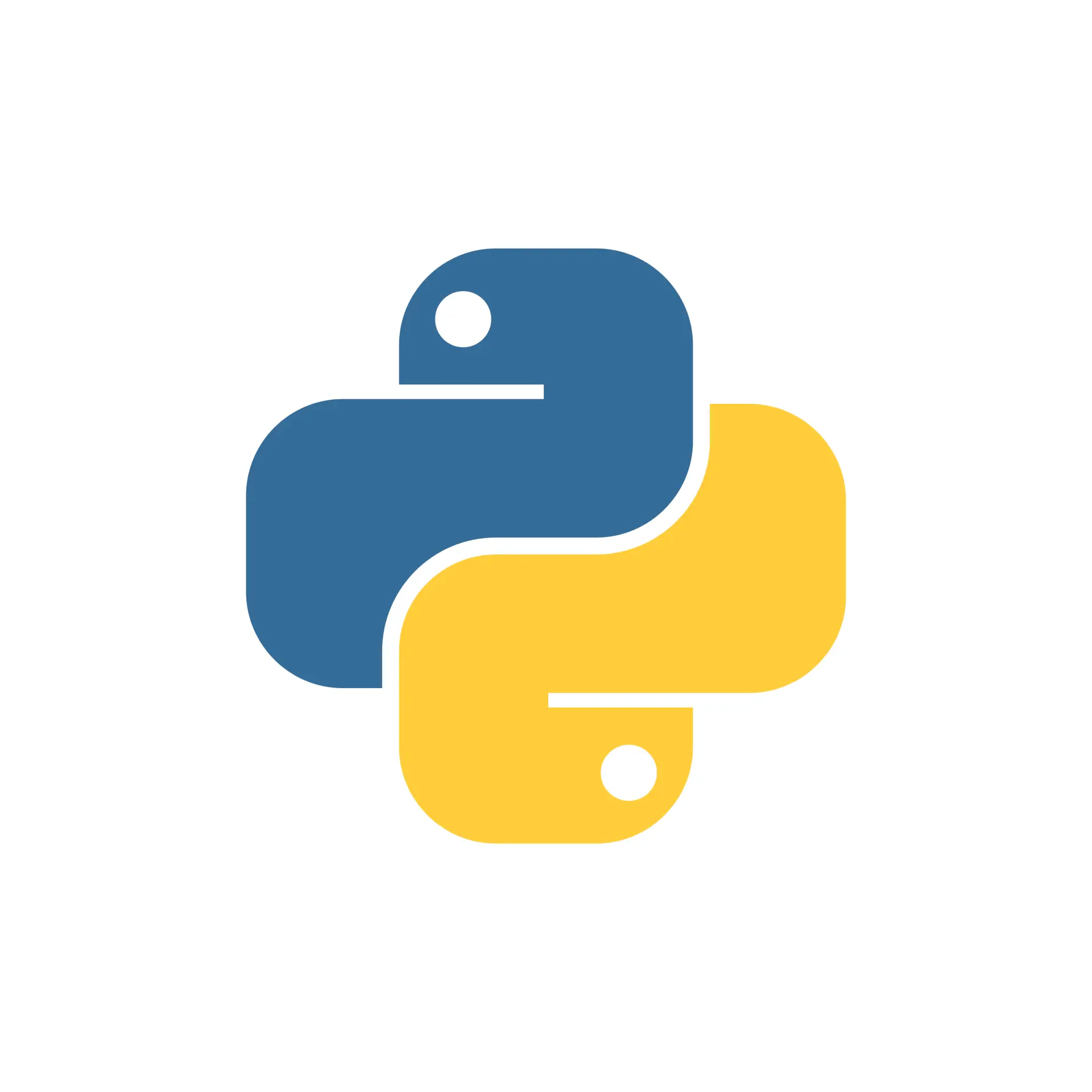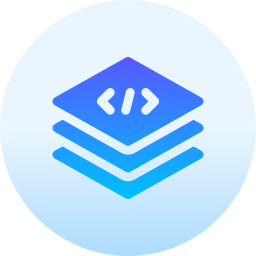Getting Started with Python: A Beginner’s Guide

MontaF - Sept. 1, 2024

Python is one of the most popular programming languages in the world, known for its simplicity and versatility.
Whether you’re a complete beginner or have some programming experience, Python is a great language to learn and use for a variety of projects, from web development to data science and automation.
In this tutorial, we'll guide you through the basics of Python, including installation, key concepts, and writing your first Python program.
Why Learn Python?
Python is widely used in many industries for several reasons:
- Easy to Learn: Python’s syntax is straightforward and readable, making it an excellent choice for beginners.
- Versatile: Python can be used for web development, data analysis, artificial intelligence, automation, and more.
- Strong Community: Python has a large and active community, which means you’ll find plenty of tutorials, libraries, and support.
Step 1: Installing Python
Before you can start coding in Python, you need to install it on your computer. Python is available for Windows, macOS, and Linux.
For Windows
1.Download Python:
- Visit the official Python website at python.org.
- Download the latest version of Python for Windows.
2.Install Python:
- Run the installer. Make sure to check the box that says "Add Python to PATH" before clicking "Install Now."
- Follow the on-screen instructions to complete the installation.
3.Verify Installation:
- Open Command Prompt and type: python --version
- You should see the Python version number, indicating that Python is installed correctly.
For macOS
1.Install Python with Homebrew:
Open Terminal and install Homebrew (a package manager for macOS) if you haven’t already:
/bin/bash -c "$(curl -fsSL https://raw.githubusercontent.com/Homebrew/install/HEAD/install.sh)"
Use Homebrew to install Python:
brew install python
2.Verify Installation:
Check the Python version by running:
python3 --version
You should see the installed Python version.
For Linux
1.Install Python:
Most Linux distributions come with Python pre-installed. To install the latest version, run:
sudo apt-get update
sudo apt-get install python3
2.Verify Installation:
Verify the installation with:
python3 --version
Step 2: Writing Your First Python Program
With Python installed, you’re ready to write your first Python program. Let’s start with the classic “Hello, World!” example.
1.Open a Text Editor:
You can use any text editor to write Python code.
Popular choices include Visual Studio Code, Sublime Text, and Atom.
You can even use a simple editor like Notepad (Windows) or TextEdit (macOS).
2.Write Your Python Code:
Create a new file and type the following code:
print("Hello, World!")
3.Save the File:
Save the file with a .py extension, for example, hello.py.
4.Run the Program:
Open a terminal (or command prompt) and navigate to the directory where your file is saved.
Run the program by typing:
python hello.py
You should see the output:
Hello, World!
Step 3: Understanding Python Basics
Now that you’ve run your first Python program, let’s explore some basic Python concepts.
Variables and Data Types:
Variables in Python are used to store data. Python supports several data types, including integers, floats, strings, and booleans.
# Example of different data types
name = "Alice" # String
age = 30 # Integer
height = 5.7 # Float
is_student = True # Boolean
print(name, age, height, is_student)
Basic Operations:
Python allows you to perform basic arithmetic operations easily.
# Arithmetic operations
a = 10
b = 3
print(a + b) # Addition
print(a - b) # Subtraction
print(a * b) # Multiplication
print(a / b) # Division
print(a % b) # Modulus (remainder)
Control Flow:
Python uses if-else statements to control the flow of the program based on conditions.
# If-else example
age = 18
if age >= 18:
print("You are an adult.")
else:
print("You are a minor.")
Loops:
Loops allow you to repeat a block of code multiple times. Python supports for and while loops.
# For loop example
for i in range(5):
print("This is iteration", i)
# While loop example
count = 0
while count < 5:
print("Count is", count)
count += 1
Functions:
Functions in Python allow you to encapsulate code into reusable blocks.
# Function example
def greet(name):
return "Hello, " + name
message = greet("Alice")
print(message)
Step 4: Working with Libraries
One of the strengths of Python is its vast ecosystem of libraries.
Libraries are collections of pre-written code that you can use in your projects.
Installing Libraries:
You can install Python libraries using pip, Python’s package installer. For example, to install the popular requests library for making HTTP requests, run:
pip install requests
Using Libraries:
Once installed, you can import and use the library in your Python code.
import requests
response = requests.get("https://api.github.com")
print(response.status_code)
print(response.json())
Step 5: Next Steps
Congratulations! You’ve just written your first Python program and learned some basic concepts. Here are a few next steps to continue your Python journey:
- Explore Python Documentation: The official Python documentation is a great resource for learning more about the language and its standard library.
- Practice with Projects: Start working on small projects like a calculator, a to-do list app, or a simple web scraper to apply what you’ve learned.
- Learn About Virtual Environments: Virtual environments allow you to manage dependencies for different projects independently. Learn how to create and use them with
venvorvirtualenv. - Explore Python Frameworks: Depending on your interests, you might want to explore web development with Django or Flask, data analysis with Pandas, or machine learning with TensorFlow or scikit-learn.
Conclusion
Python is a versatile and beginner-friendly language that opens up a world of possibilities.
By mastering the basics, you’ve taken the first step towards becoming a Python developer.
Keep practicing, explore new libraries and frameworks, and soon you’ll be building complex applications with ease.
Happy coding!


